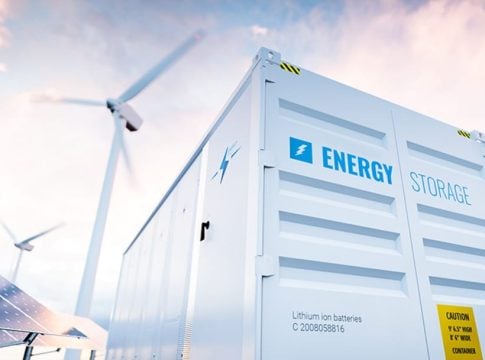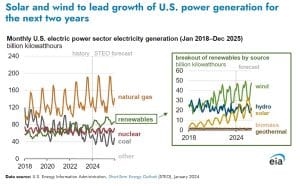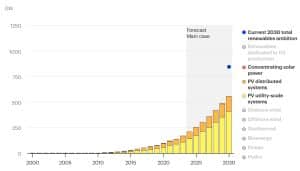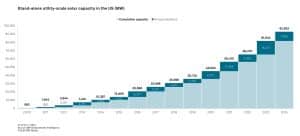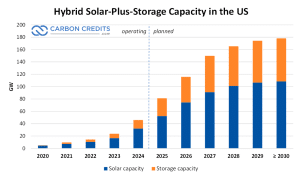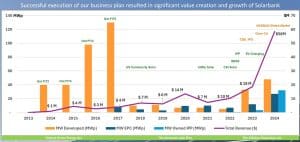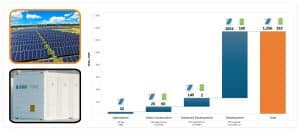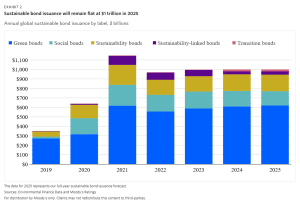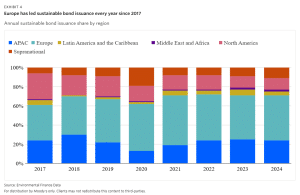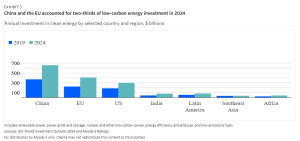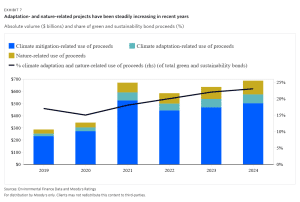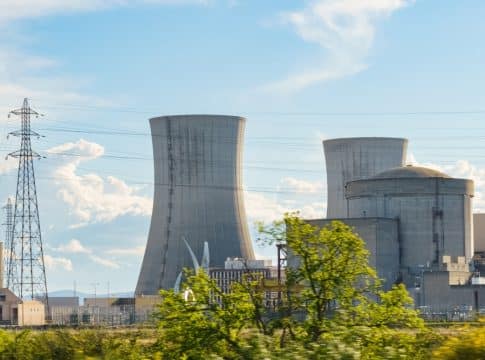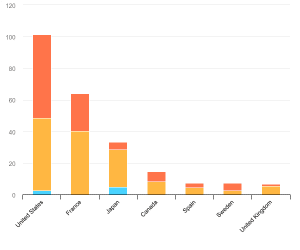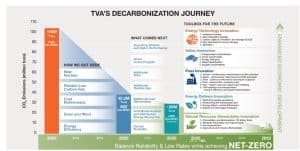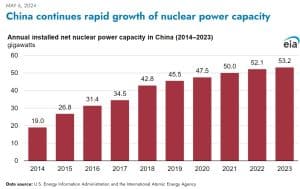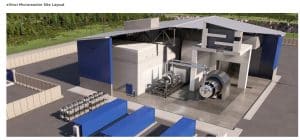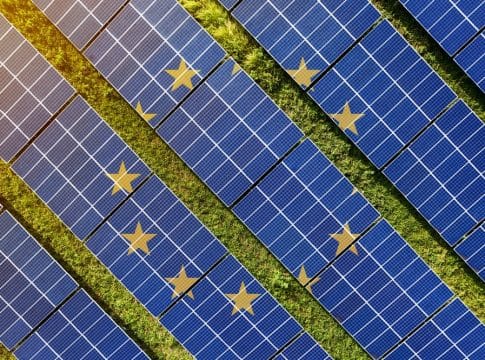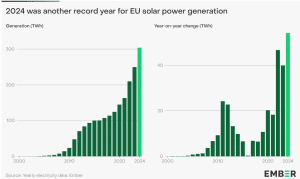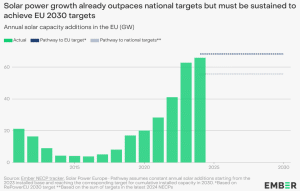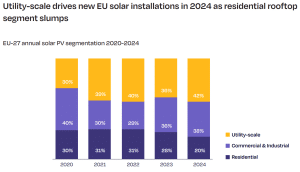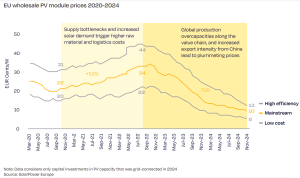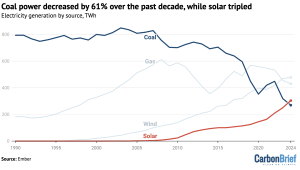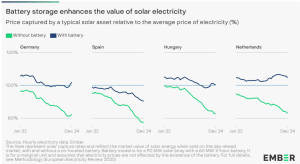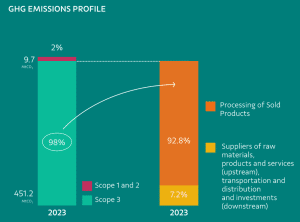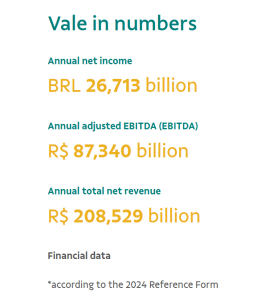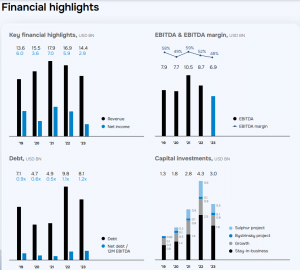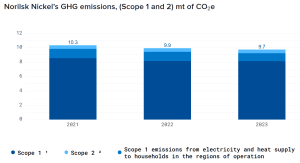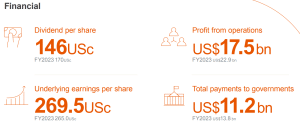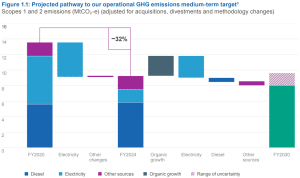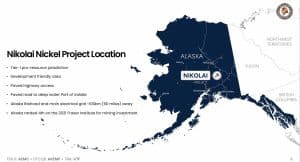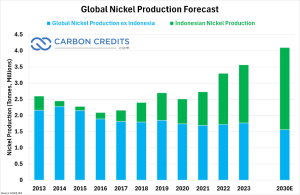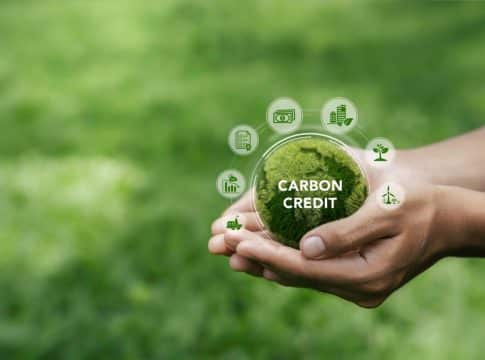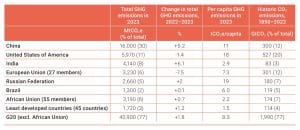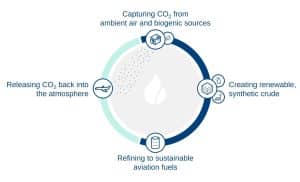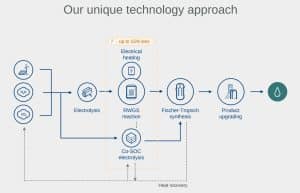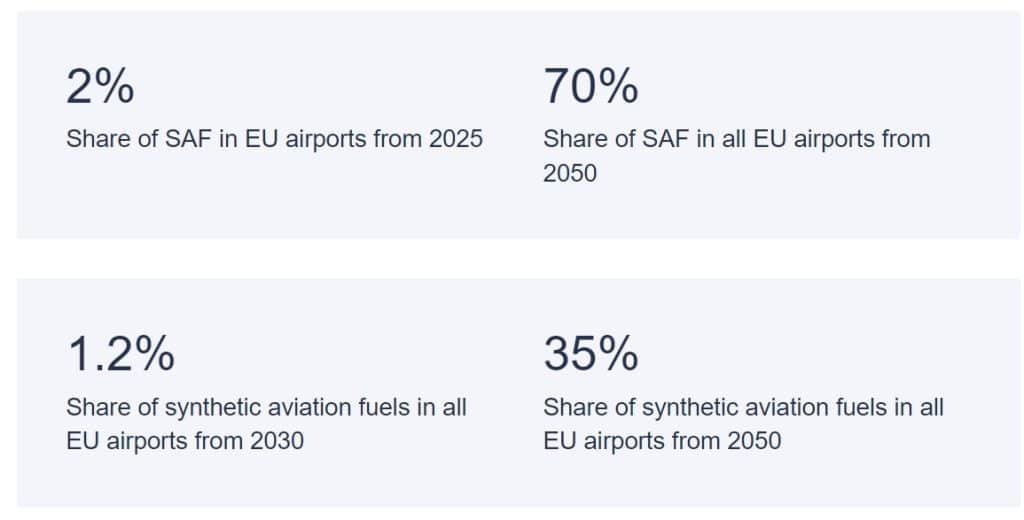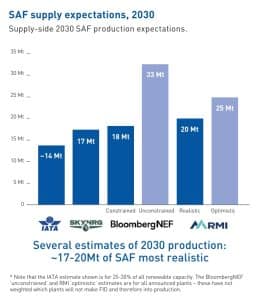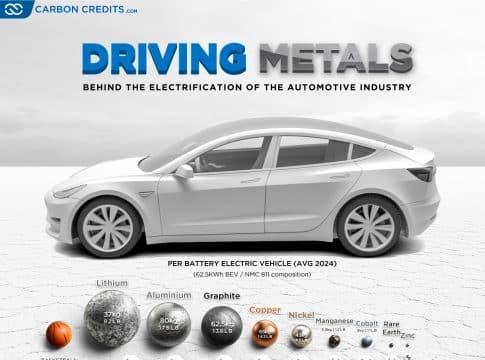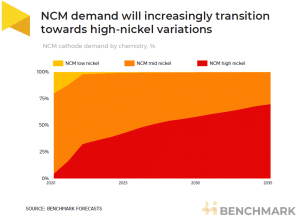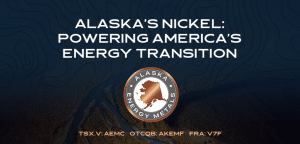Boeing’s $11.8 Billion Annual Loss: A Path to Recovery and Net-Zero Ambitions
Boeing is navigating turbulent times, grappling with a staggering $11.8 billion annual loss in 2024 while working to stabilize production. Despite these challenges, the company is investing heavily in sustainability, showing its commitment to reaching net-zero emissions and driving greener skies in the aviation industry.
Turbulence Ahead: Boeing’s Financial Freefall in 2024
Boeing faced a rough flight in Q4 2024, reporting a $3.86 billion net loss for the quarter and a 31% revenue drop compared to the same period last year. The company’s revenue stood at $15.24 billion, below analysts’ expectations of $16.21 billion. This marked Boeing’s sixth consecutive annual loss, with 2024’s total loss reaching $11.83 billion—the largest since 2020.
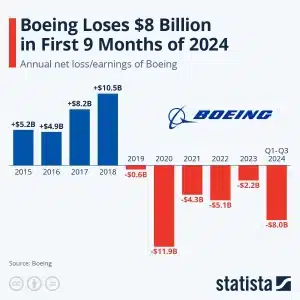
Production inefficiencies stemming from a nearly two-month machinist strike significantly affected operations. The strike halted work on most aircraft, causing delivery delays and contributing to a $3.5 billion cash burn for the quarter.
Boeing’s commercial aircraft unit revenue dropped 55% to $4.76 billion, while the defense unit’s revenue fell 20% to $5.4 billion, with $1.7 billion in pretax charges.
CEO Kelly Ortberg expressed optimism about Boeing’s recovery efforts despite these setbacks, emphasizing stabilizing production and focusing on core businesses. Ortberg specifically noted in a memo:
“While it was a challenging year, we are seeing encouraging signs of progress as we work together to turn around our company.”
Deliveries of Boeing’s 737 MAX increased, with numbers expected to reach the “upper 30s” in January 2025, up from just 17 in December 2024. Ortberg also highlighted plans to turn cash-flow positive in Q2 of 2025 after burning through $14 billion in 2024.
Despite financial mishaps, the plane maker is investing in its core businesses and working to address operational challenges. Efforts include certifying the Max 7 and Max 10 models, restarting test flights of the 777X, and addressing cultural and operational issues within the company.
Boeing remains focused on its long-term vision, despite the recent financial hiccup, which goes beyond balancing the books. The company is doubling down on sustainability efforts, recognizing the critical need to address its environmental impact while navigating challenges.
Greener Skies: Boeing’s Bold Sustainability and Net-Zero Roadmap
Boeing is a leader in aerospace innovation and a proactive advocate for environmental sustainability. The company has made significant strides in addressing climate change, aligning its operations with the goals of the Paris Agreement.
For the fourth consecutive year in 2023, Boeing achieved net-zero carbon emissions across Scope 1, Scope 2, and parts of Scope 3 (business travel) by combining renewable energy investments, conservation efforts, and verified carbon offsets.
Decarbonizing Operations: A Multifaceted Approach
Boeing prioritizes avoiding and reducing greenhouse gas (GHG) emissions across its manufacturing sites and facilities. The company’s decarbonization strategy focuses on:
- Efficiency Improvements: Upgrading heating, cooling, and lighting systems to reduce energy consumption.
- Renewable Energy Procurement: Expanding the use of renewable electricity sources across its global operations.
- Carbon Offsetting: For emissions that cannot yet be avoided, Boeing invests in certified carbon offsets verified by top organizations. These offsets adhere to strict criteria, including independent verification and global registration.
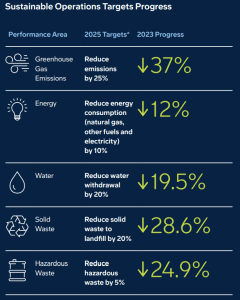
By actively tracking emissions and energy usage, Boeing ensures that its operations remain aligned with a 1.5°C pathway. The plane manufacturer continuously monitors performance at its Core Metric Sites, which account for 70% of its operational carbon footprint, using validated data from utility bills and third-party assurance processes.
A Future-Focused GHG Strategy
Boeing’s “Avoid First, Remove Second” strategy emphasizes preventing emissions before they occur. This approach includes:
- Increasing the use of renewable energy sources such as sustainable aviation fuel (SAF).
- Investing in energy-efficient infrastructure and conservation practices.
- Transitioning to permanent carbon removal solutions to complement traditional offset projects.
RELATED: Boeing’s Big Move: Boosting EU Aviation with Norsk e-Fuel’s SAF
By 2024, Boeing plans to reduce its reliance on offsets for Scope 1 and Scope 2 emissions, focusing instead on long-term carbon management strategies. However, offsets will continue to play a role, particularly for business travel emissions and supporting voluntary carbon markets.
Sustainability in Aviation: The Cascade Climate Impact Model
In May 2023, Boeing launched the Cascade Climate Impact Model to support the decarbonization of commercial aviation. Cascade is a comprehensive data modeling tool that evaluates various pathways to reduce aviation’s carbon footprint.
The tool considers factors such as:
- Fleet renewal with more fuel-efficient aircraft.
- Operational efficiencies like improved flight routing.
- The production, distribution, and use of renewable energy sources.
- Innovations in future aircraft designs and market-based mechanisms.
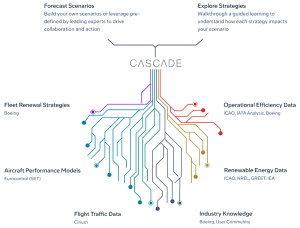
Cascade is available to the public, enabling stakeholders to explore the environmental impact of different aviation strategies. Founding members of the Cascade User Community, including NASA, IATA, and top academic institutions, contribute insights and feedback to enhance the tool’s functionality.
Boeing actively engages with the Cascade User Community to evolve the platform, ensuring it remains a valuable resource for guiding the aviation sector’s net-zero ambitions.
Carbon Offsetting: A Critical Component of the Transition
Climate change poses risks beyond carbon emissions, and Boeing is preparing for these challenges through a robust business continuity program. The company also recognizes the importance of carbon credits in tackling its environmental footprint.
Since 2020, Boeing has voluntarily offset emissions from its Scope 1 and Scope 2 operations, as well as Scope 3 business travel. The company’s offsets are certified by global verification organizations and meet rigorous criteria, ensuring their integrity and impact.
Boeing also incorporates the Carbon Offsetting and Reduction Scheme for International Aviation (CORSIA) credits for business travel offsets. Moving forward, the company aims to diversify its offset portfolio with a greater emphasis on permanent carbon removal solutions.
Empowering Global Sustainability Goals
Boeing’s efforts to decarbonize extend beyond its own operations. By advancing renewable energy technologies, promoting SAF, and developing tools like Cascade, the company plays a pivotal role in driving sustainability across the entire aviation industry.
Through these initiatives, Boeing aligns with the commercial aviation industry’s collective goal of achieving net-zero carbon emissions by 2050. By fostering collaboration among stakeholders, the airline uses these five strategies to help decarbonize aerospace.
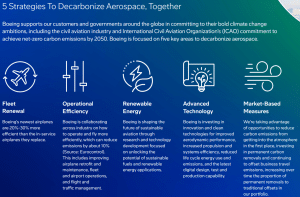
Boeing’s journey through financial challenges and environmental initiatives reflects a company striving to balance recovery with responsibility. As it works to stabilize operations and embrace sustainable practices, Boeing aims to redefine its future while contributing to a greener aviation industry.
- READ MORE: Boosting Aviation Carbon Credits: ICAO Greenlights Verra’s VCS Program for CORSIA Carbon Market
The post Boeing’s $11.8 Billion Annual Loss: A Path to Recovery and Net-Zero Ambitions appeared first on Carbon Credits.


